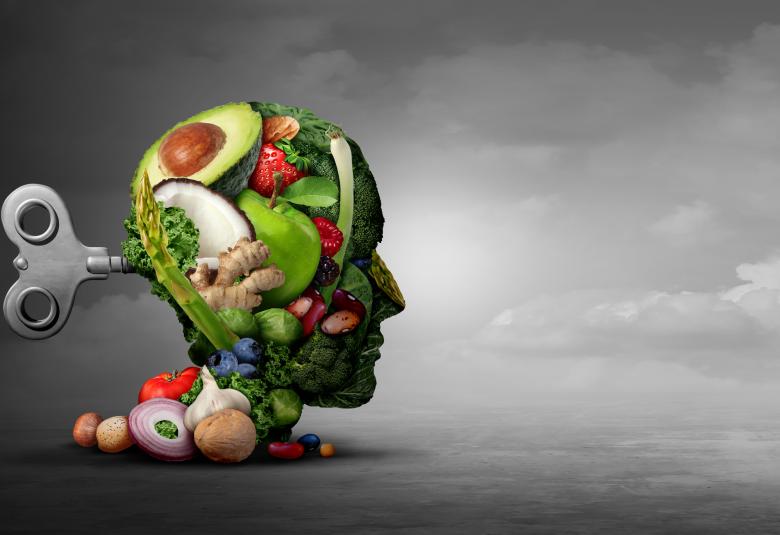Suicide has become a significant global public health concern. On top of this came the unexpected challenges of the COVID-19 pandemic. COVID-19 has changed the world, and impacted not just our physical health, but also our mental health. Gil Zalsman (Tel Aviv University, Israel) discussed 4 papers on the theme of suicide in times of pandemic for this ‘Top paper session’ at ECNP Virtual 2020.
‘Addressing the COVID-19 pandemic in populations with serious mental illness’
Disproportionate effect of disasters on those with serious mental illness
In the first article1, Druss highlights the disproportionate effect of disasters on poor and vulnerable populations, especially those with serious mental illness. Key areas for intervention are: supporting patients with serious mental illness, empowering mental health clinicians, strengthening mental health care systems, and expanding mental health policies.
‘Suicide mortality and coronavirus disease 2019 – a perfect storm?’
Reger et al2 acknowledge the need for social distancing interventions to reduce human contact and curb virus spread, but potential for increasing suicide risk is high. Secondary consequences of social distancing include economic stress, social isolation, decreased access to community support, and barriers to mental health treatment.
Use distance-based methods for delivery of suicide prevention interventions
Despite the challenges, the authors suggest opportunities to improve suicide prevention efforts include using tele-mental health and other distance-based methods for delivery of suicide prevention interventions.
‘Suicide risk and prevention during the COVID-19 pandemic’
Public health responses to mitigate suicide risk include selective interventions for individuals and universal interventions for the whole population
Gunnell et al3 highlight that mental health consequences are likely to be present for longer and peak later than the actual pandemic. They discuss public health responses to mitigate pandemic-associated suicide risk, with selective interventions for individuals at heightened risk of suicide, and universal interventions to target the whole population. Factors to be addressed include:
- Mental illness
- Experience of suicidal crisis
- Financial stressors
- Domestic violence
- Alcohol consumption
- Isolation, entrapment, loneliness, and bereavement
- Access to (suicide) means
- Irresponsible media reporting
Responses need to be multi-level involving government, mental health services, communities, friends and family, retailers and media.
‘The psychological impact of quarantine and how to reduce it: rapid review of the evidence’
Brooks et al4 studied the psychological impact of quarantine (as opposed to isolation), screening 3163 records to include 24 citations. They found that stressors during quarantine were duration of quarantine, fears of infection, frustration and boredom, inadequate supplies, and inadequate information. Post-quarantine, the major stressors were finances and stigma.
Quarantine may be a necessary preventative measure, but is often associated with a negative psychological effect
The authors concluded that quarantine may be a necessary preventative measure, but is often associated with a negative psychological effect. Mitigating measures to consider include keep it as short as possible, give people as much information as possible, and provide adequate supplies.
‘Suicide-related calls to a national crisis chat hotline service during the COVID-19 pandemic and lockdown’
Prof Zalsman concluded by presenting data from their Israeli study5, comparing calls to an online crisis chat service from first half of 2019 (pre-COVID-19) with first half of 2020 (during COVID-19). Total number of chats (n=6756) were 48% higher during COVID-19. There was a positive correlation between percentage of chats with suicide content and days from outbreak of epidemic.
Our correspondent’s highlights from the symposium are meant as a fair representation of the scientific content presented. The views and opinions expressed on this page do not necessarily reflect those of Lundbeck.




